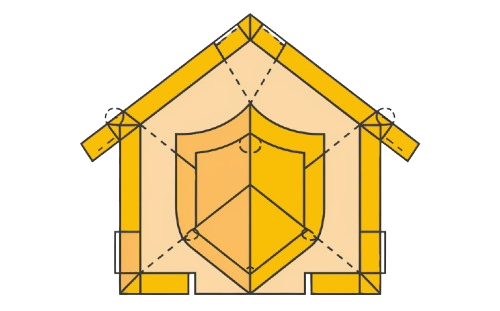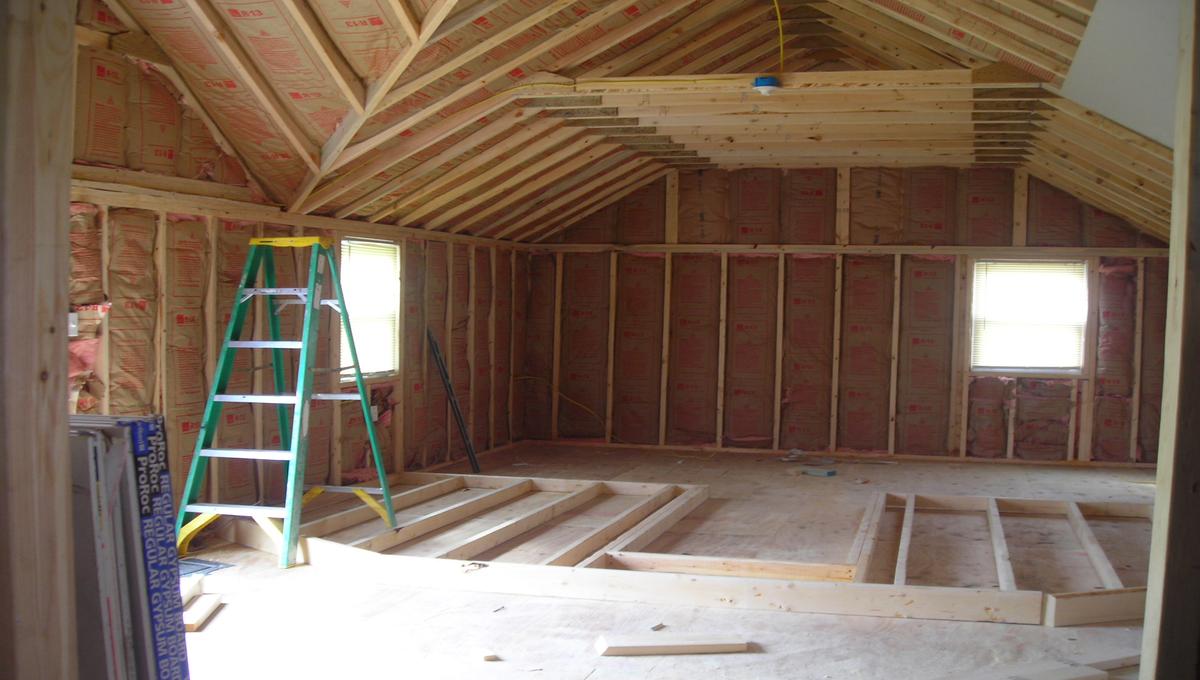As a homeowner, tackling humidity issues within the confines of your home can feel like a constant battle. That hot, sticky feeling not only impacts your comfort but can also lead to moisture problems like mold on walls and damage to electronics. Proper attic insulation plays a key role in providing solutions to these challenges by lowering humidity levels and keeping your living space comfortable. When your attic is insulated, it acts as a barrier against outside conditions, helping to maintain a balanced indoor climate.
Your HVAC system, one of the most expensive appliances in your home, also benefits greatly. Without proper insulation, your HVAC unit has to work twice as hard to regulate temperatures, leading to higher energy bills and unnecessary strain. By adding insulation to your attic, you not only protect this valuable investment but also ensure that your HVAC performs efficiently, reducing the effort needed to keep your home comfortable.
Does Attic Insulation Help With Moisture & Humidity
Adding insulation to your home can significantly work to control humidity levels and improve comfort. The type of insulation and how much you use in your attic directly affect its ability to maintain stable moisture and temperature levels, ensuring a healthier indoor environment.
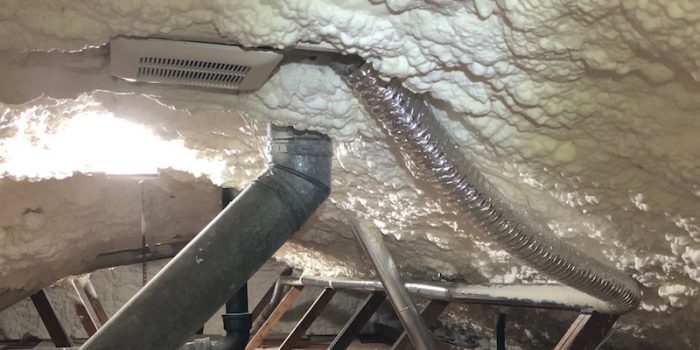
The Role of Attic Insulation in Managing Humidity and Moisture
Managing humidity levels in your home is essential for maintaining comfort and protecting your property. Insulation in your attic plays an indispensable role in this process. By creating an air-sealed environment, it helps to control the indoor climate, preventing air leaks that allow outside temperatures to creep in or conditioned air to escape. Without proper insulation, hot days lead to excessive heat gain, while colder nights cause heat loss, placing extra strain on your HVAC system. This strain not only reduces the efficiency of your HVAC but also shortens its lifespan, resulting in higher energy bills over time.
For those considering DIY solutions, using big-box-store rolls to stuff attics might seem appealing. However, improperly installed insulation can lead to worsened air circulation, compressing its effectiveness and reducing its benefits. Pairing your insulation with radiant barriers or ventilation options like a solar attic fan ensures a gold standard setup for tackling moisture and condensation control. These measures work together to prevent water damage, reduce the risk of cracks and holes, and stop common problems like dripping moisture or mold growth.
Installing the right type of insulation is crucial. For example, some products, when paired with proper sealing, can effectively deter moisture and maintain consistent temperatures. Regularly checking for potential problems, such as damaged insulation or cracks, is key to keeping your attic in peak condition and ensuring the system performs optimally.
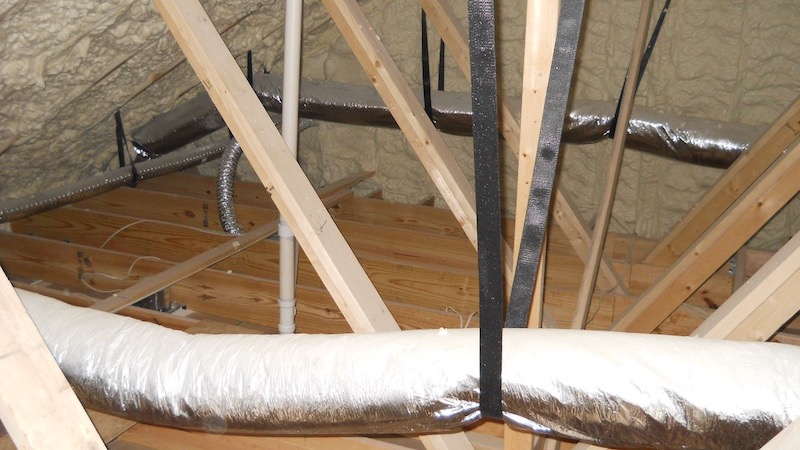
Why Moisture Control Matters for Comfort and Health
Managing moisture and humidity levels is the key to ensuring your home remains a comfortable and healthy space. High indoor humidity—often over 60% during spring, summer, or fall—can quickly lead to uncomfortable conditions, property damage, and health issues. Excess moisture can form condensation in the air, leading to mold and contaminants that may harm infants, older folks, and other family members with allergies or ongoing issues. Attic insulation plays a significant role here, helping to control these levels by creating a barrier that prevents outdoor conditions from affecting your indoor space.
During winter, when moisture often rises from a damp crawlspace or enters through faulty bathroom fans or missing vapor barriers, your attic is at risk of becoming moldy or forming dew at its cold points. Proper air sealing, along with insulation, is essential for maintaining consistent ambient temperatures and preventing these problems. By adding or replacing damaged insulation, homeowners can reduce fluctuations and ensure their systems operate efficiently, which can also lower monthly heating and cooling costs. For a win-win approach, consider pairing insulation with ventilation solutions like bathroom fans or a dehumidifier to further enhance comfort and safety.
What Causes Humidity in Your Home?
Humidity inside your home can result from several problems, ranging from moisture buildup to everyday activities. These issues often create a humid and uncomfortable environment that can harm your property and indoor air quality. Here are some of the main causes:
- Pipe leaks: Leaky pipes can lead to moisture problems as cold air meets warm air, causing condensation that results in water drips and a moister environment. It’s essential to check often for any damaged pipes.
- Damp crawlspaces and basements: Heat rising from the lowest levels of your home, combined with damp soil, increases humidity levels in the living areas above.
- Houseplants: While experts recommend using live plants, they caution that spreading them out or switching to fake plants can help decrease moisture. Water from the plant’s soil and leaves evaporates, adding to the moist air.
- High-heat activities: Everyday tasks like running hot water, using the washing machine, and other high-heat activities can significantly increase indoor humidity levels.
- Breathing: Even natural involuntary functions, such as talking or breathing, contribute to humidity, just like when you see your car windows fogging from speaking inside.
- Air currents and outside temperatures: About 98% of the vapor in your home can come from external sources, including air currents and fluctuations in outside temperature.
How to Reduce Humidity in a Home
Reducing humidity in your house is essential for a comfortable and healthy living environment. Several effective methods can help address moisture problems, improve air quality, and prevent long-term damage.
Follow these steps to manage indoor humidity levels:
- Windows: Use built-in insulation like triple-paned or double-paned glass to discourage condensation on interior windows. Changing outdated windows can lessen moisture issues.
- Ventilation: Install exhaust fans in the kitchen and bathroom for instant results. Proper ventilation helps to diminish humid and warm spaces quickly.
- Dehumidifiers: Use dehumidifiers to control moisture by removing water vapor from the air. Be cautious as dry air may lead to nosebleeds or cracked skin, and having multiple dehumidifiers can be costly.
- Seal gaps: Hire a plumber to check, replace, or repair leaky pipes and ensure all gaps and openings are sealed to prevent moisture from entering your home.
- Air conditioning: Running your conditioner not only keeps your house cool but also replaces humid air with a more comfortable environment. However, running it constantly may be expensive.
Which Attic Insulation Works Best for Reducing Humidity?
When it comes to humidity reduction, spray foam insulation stands out as the supreme choice for homeowners. It is the best type of insulation for moisture prevention, acting as the perfect vapor barrier that completely shuts the door on moisture entering the attic. Its ability to expand and fill every crack in hard-to-reach or smaller spaces makes it highly effective. However, the cost of spray foam insulation is relatively expensive, and it is the least DIY-friendly option due to the precision required during application.
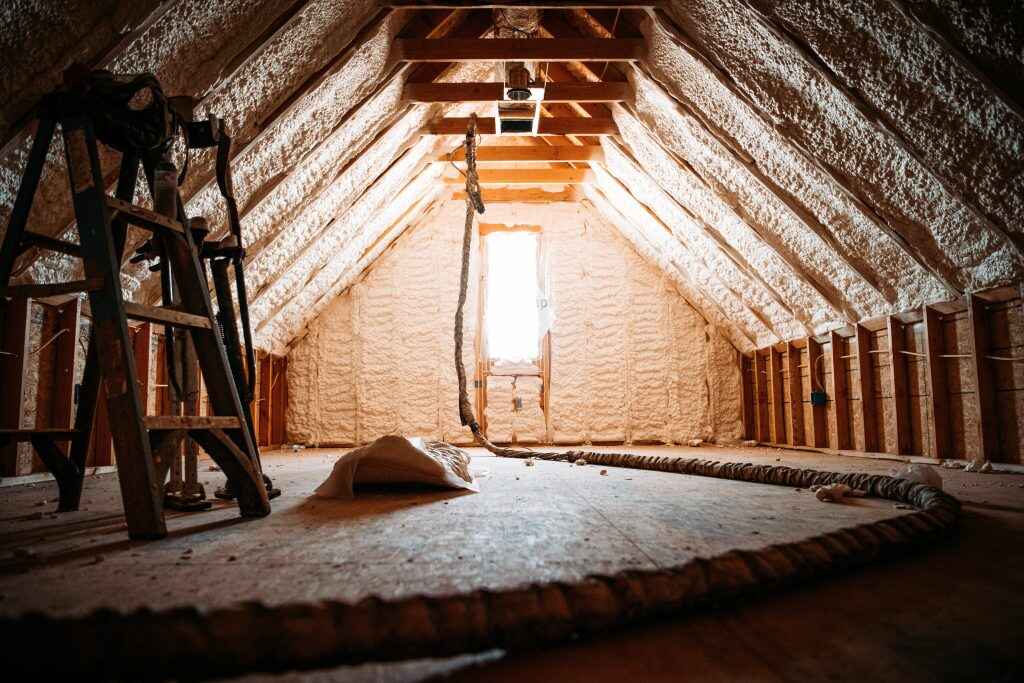
Other options like fiberglass batts and rolls or loose-fill insulation are more budget-friendly and easier to install. Fiberglass fits tightly into walls, blocking outdoor air, while loose-fill insulation is blown into dense areas, providing solid coverage. These materials are great for protecting your home from mold development and issues caused by excess humidity. Choosing the right type of insulation depends on your needs, the materials available, and the specific areas you want to protect.
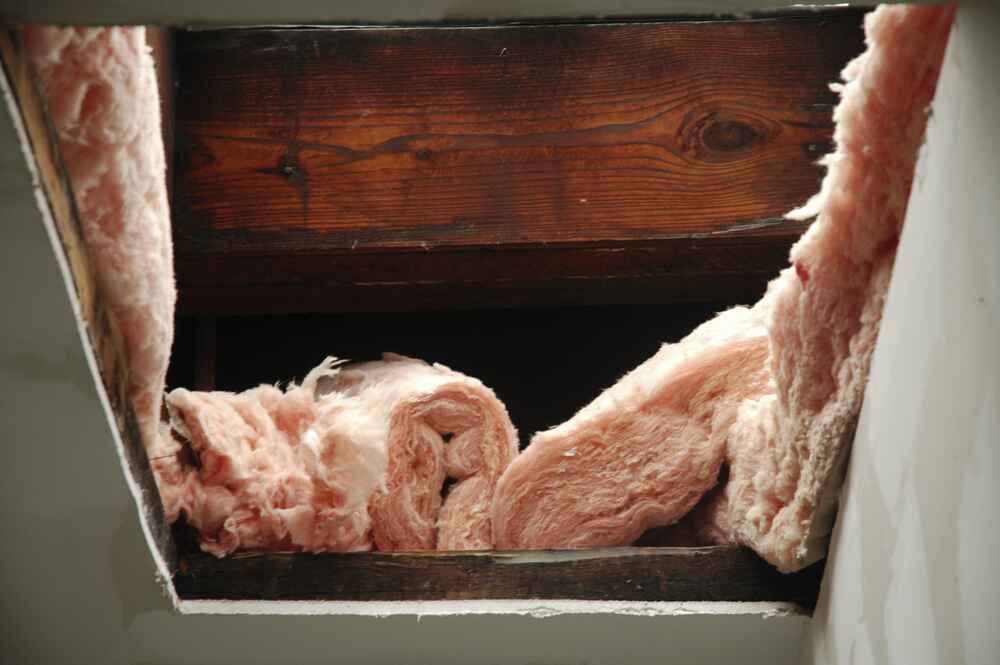
Also Read: Should Attic Insulation Be Faced or Unfaced
Final Thoughts on Humidity and Attic Insulation
If your home feels hot and moist across multiple rooms during different seasons, you might have a humidity problem. Constantly needing to turn on the AC frequently, only to face high energy bills in winter or autumn, could signal an issue. Excess humidity can lead to mold and mildew, which may cause congestion, coughs, asthma, and narrow airways for your family members.
Additionally, humidity creates the perfect environment for dust mites and air pollutants to thrive, worsening indoor air quality. To maintain a healthy home, contact a certified attic specialist to address these issues effectively and ensure long-term comfort for your household.
Need help finding the right insulation expert for your home? Contact us today, and we’ll connect you with trusted professionals who specialize in improving indoor air quality and reducing moisture levels for lasting comfort.
FAQ
Will Adding Insulation Reduce Humidity?
Insulation can help reduce moisture in the air by stabilizing indoor temperatures and improving energy efficiency. It minimizes the amount of heat or cool air needed to maintain a comfortable home, lowering energy consumption while addressing humidity issues effectively.
Can Poor Attic Insulation Cause High Humidity?
Yes, improperly insulated attics can lead to high humidity. When warm air from the heated house rises into the attic and encounters colder air, it causes condensation and dampness.
How Can I Lower the Humidity in My Attic?
To reduce moisture in your attic, use a dehumidifier as one of the most effective solutions for keeping the space dry and comfortable.
What Are the Disadvantages of Attic Insulation?
Poorly installed attic insulation can lead to moisture problems like water leaks, dampness, and mold growth, which reduce its effectiveness. Blown-in insulation requires professional installation by experienced professionals to avoid these issues.
